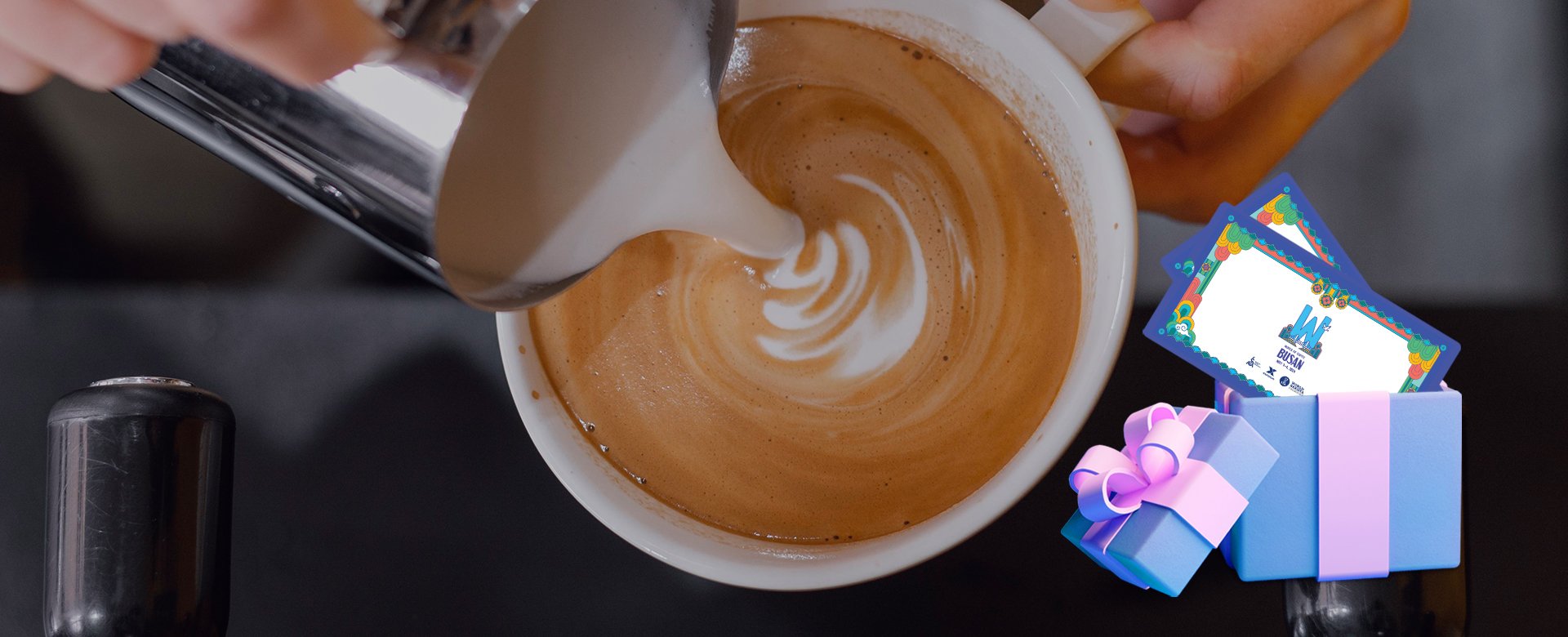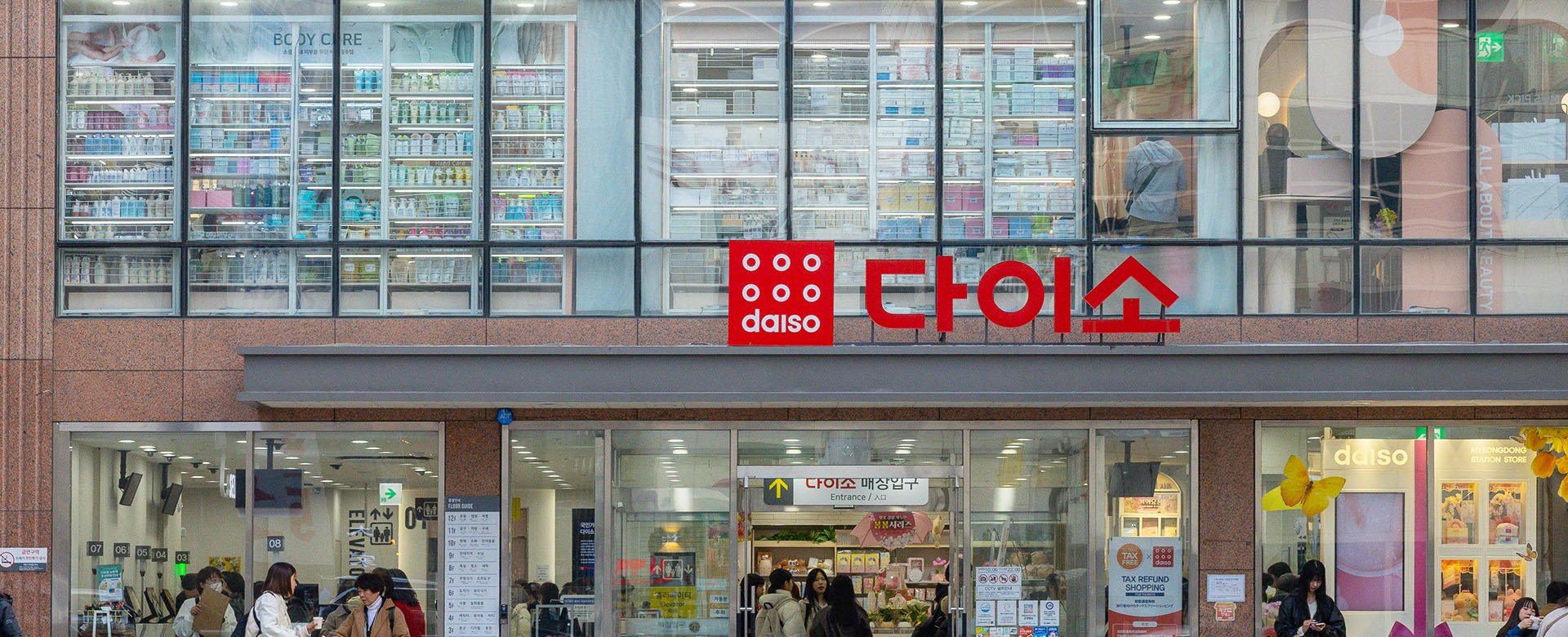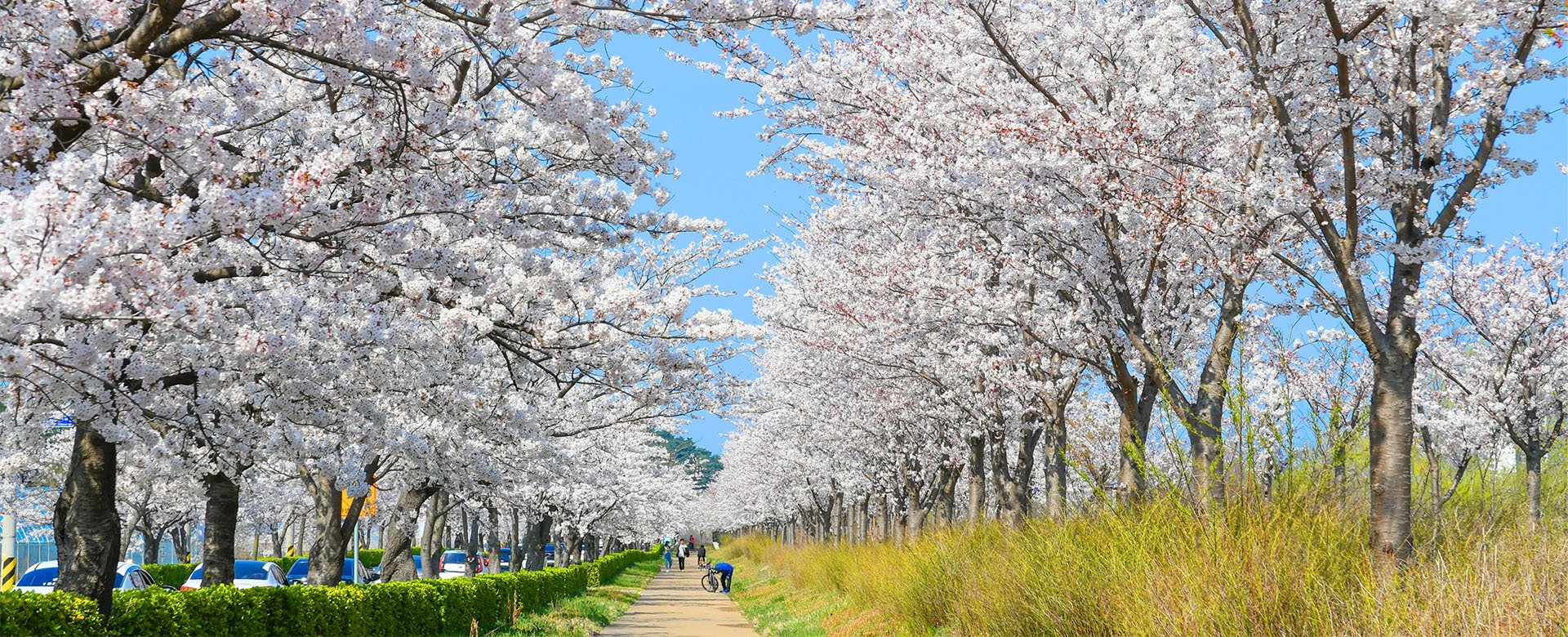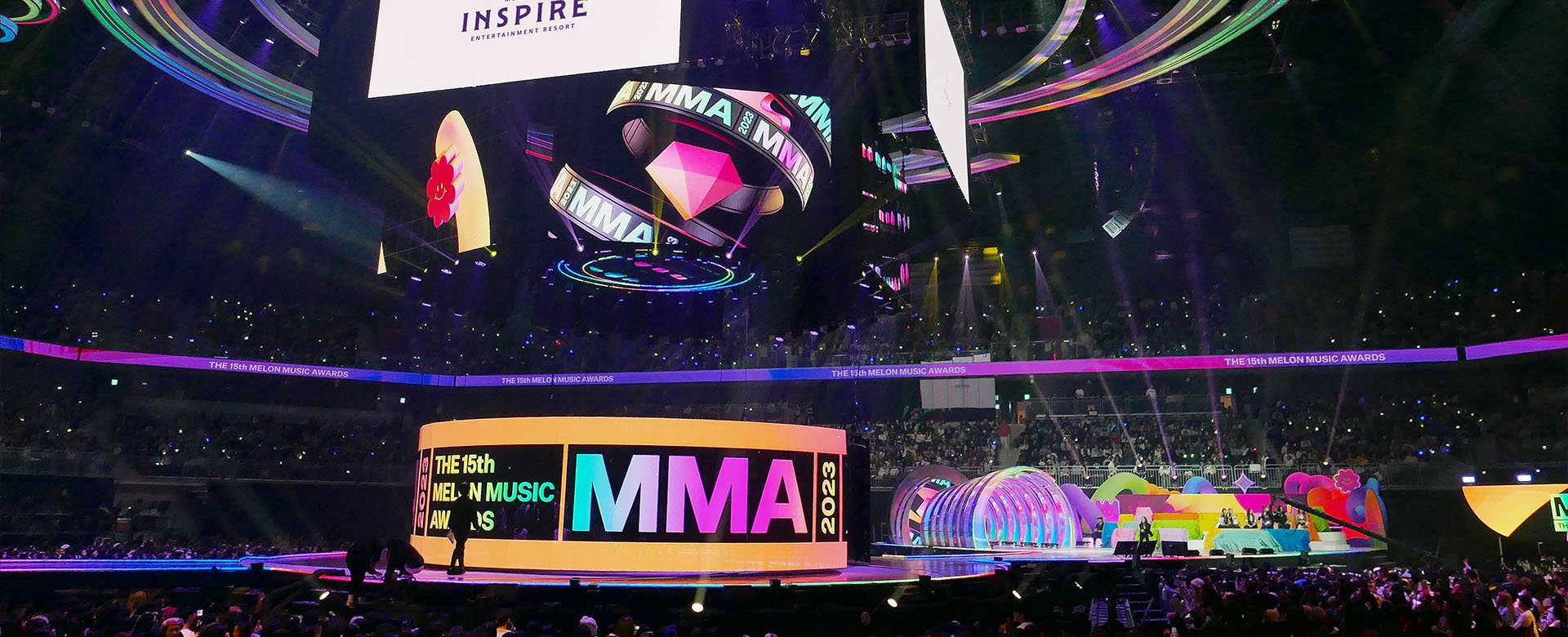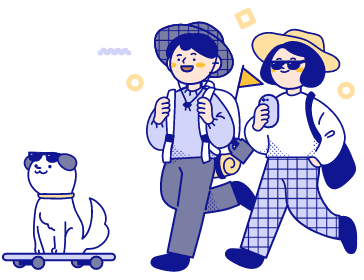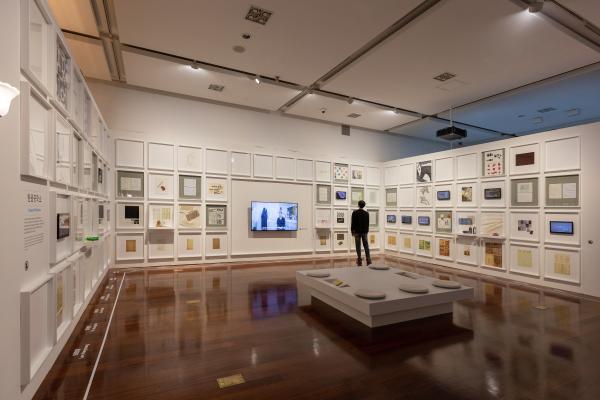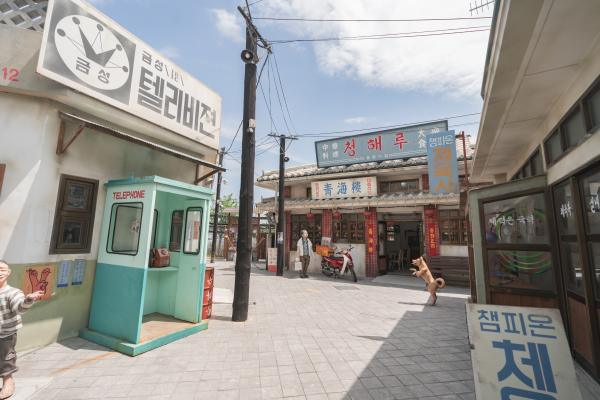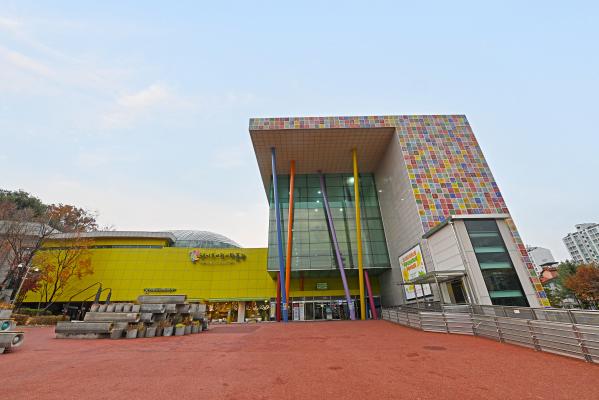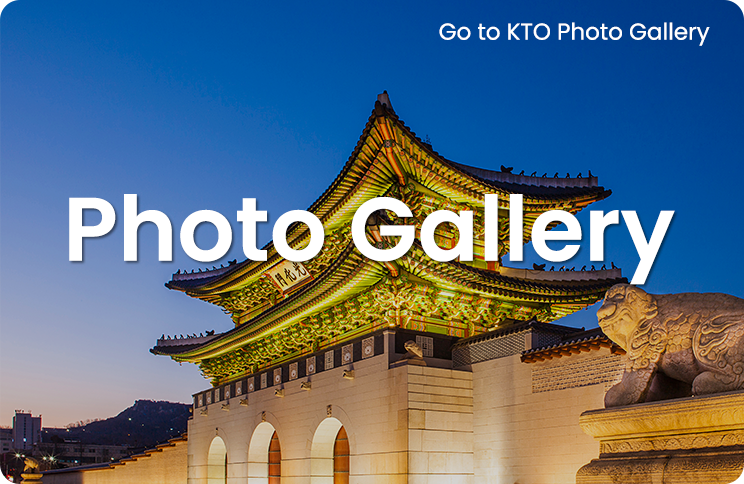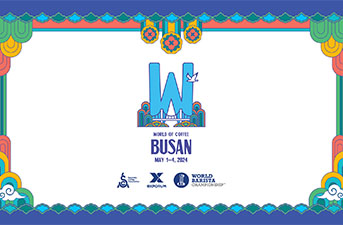- SEOUL
- 18 °C / 14 °C
News & Announcement
-
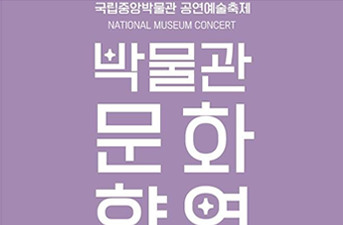
Spring Festivals around Seoul Landmarks
Spring has arrived in Seoul, with events taking place throughout the city. The spring events kicked off in March with the Cherry Blossom Festival at Seokcheonhosu Lake , followed by festivals taking place at landmark locations throughout the city, including the Hangang River, Gwanghwamun Gate , and Gyeongbokgung Palace . Particularly interesting festivals include the Car-free Jamsugyo Bridge Ttubeokttubeok Festival, featuring a mute DJ party where all participants listen to the music through headsets; and musical performances in a range of genre as part of the National Museum Concert series. Other upcoming events include the ever-popular annual nighttime admission to Seoul’s royal palaces, Seoraeseom Island Canola Flower Festival, and Seoul Festa. Attending any one of these events this spring is sure to make your time in Korea even more special! 2024 Nighttime Admission to Royal Palaces Enjoy a starlit walk through the royal palaces Related news: Royal Palaces more Beautiful by Night Gyeongbokgung Palace - Period: All year round (Closed Tuesdays) - Operating hours: 19:00-21:00 (Last admission 20:30) - Admission fee: 3,000 won (200 tickets available for foreigners on-site) - Website: https://royal.cha.go.kr/ENG/contents/E101010000.do Deoksugung Palace - Period: All year round (Closed Mondays) - Operating hours: 09:00-21:00 - Admission fee: 1,000 won (Free for visitors ages 18 and younger, 65 and older, and all visitors wearing hanbok) - Website: https://royal.cha.go.kr/ENG/contents/E104010000.do Changgyeonggung Palace -Period: All year round (Closed Mondays) - Operating hours: 09:00~21:00 (Last admission 20:00) - Admission fee: 1,000원 (Free for visitors ages 6 and younger, 65 and older, and all visitors wearing hanbok) - Website: https://royal.cha.go.kr/ENG/contents/E103010000.do 2024 National Museum Concert Series Saturday culture festival open to all - Period: April 13 – November 23, 2024 / Saturdays 15:00 - Venue: National Museum of Korea, 137 Seobinggo-ro, Yongsan-gu, Seoul (서울특별시 용산구 서빙고로 137) - Website: www.nmf.or.kr/enguser/main/main.do - Major programs: HANBIT Chamber Orchestra (April 27), Seoul Orchestra (May 25), National Gugak Center Folk Music Group (June 15) Seoul Festa K-culture festival full of food, fun, and dancing throughout the city - Period: May 1-6, 2024 - Venues: Seoul Plaza, Gwanghwamun Plaza, Noeul Park, etc - Instagram: @seoulfesta_official - Major programs: Opening ceremony at Seoul Plaza (May 1), Roadshow & Artist Collab Stage at Gwanghwamun Plaza (May 4), K-barbecue at Noeul Park, etc. Car-free Jamsugyo Bridge Ttubeokttubeok Festival Enjoy performances and food on Jamsugyo Bridge - Period: May 5 – June 23, 2024 / September 1 – October 27, 2024 - Festival hours: Sundays 12:00-21:00 (Road block 11:00-23:00) - Venue: Area of Banpo Hangang Park & Jamsugyo Bridge in Seocho-gu, Seoul Hangang Seoraeseom Island Canola Flower Festival Spring festival full of photo spots - Period: May 10-19, 2024 (Dates subject to change depending on bloom timing) - Venue: Seoraeseom Island in Banpo Hangang Park, Seocho-gu, Seoul Gwanghwamun Food Market K-food festival designed like a night market - Period: May 2024 – May 2025 (Schedule TBA) - Operating hours: Wednesday-Sunday 16:00-21:00 - Venue: Sejong-ro Park & Gwanghwamun Plaza, Jongno-gu, Seoul
04/15/2024
-
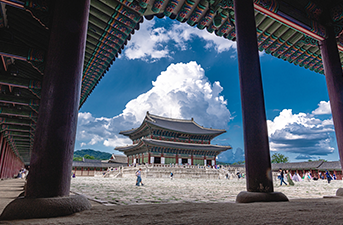
Free Pass to Seoul’s Royal Palaces
In connection with the upcoming K-Royal Culture Festival , the K-Royal Palaces PASS is being released to allow unlimited admission to Seoul’s five royal palaces throughout the festival period. The K-Royal Culture Festival showcases Korea’s representative cultural assets, and is held twice a year in both spring and fall at Seoul’s five major royal palaces ( Gyeongbokgung Palace , Changdeokgung Palace , Deoksugung Palace , Changgyeonggung Palace , Gyeonghuigung Palace ) and Jongmyo Shrine . This year marks the tenth anniversary of the festival and is expected to be better than ever, with more programs and the addition of a global reservation system. K-Royal Palaces PASS-holders can enjoy unlimited access to the K-Royal Culture Festival venues and experience a range of events from performances to exhibitions, hands-on programs, reenactments, and more. However, please note that the pass does not allow access to the special ticketed events of Gyeongbokgung Palace Special Evening Admission or Changdeokgung Palace’s Secret Garden. The K-Royal Palaces PASS is available for purchase on major travel platforms. The pass also acts as a transportation card and offers a 10% discount at KHmall off-line stores and Korea House ; and a 30% discount on tickets to the musical “The Tribe,” taking place at Sejong Center . K-Royal Culture Festival K-Royal Palaces PASS Valid period: April 27 – May 5, 2024 Sales period: March 18 – April 25, 2024 Price: 10,000 won Sales locations: Klook, KKday, Seoul Travel Pass, Trippose, Get Your Guide, Trazy Pick-up period: April 27 – May 5, 2024 / 10:00-17:00 Pick-up locations: Incheon International Airport Terminal 1, K-Royal Culture Festival information booth at Gyeongbokgung Palace (available at information booth of other palaces as well) Pick-up process: Show K-Royal Palaces PASS mobile ticket (QR code) to receive the K-Royal Palaces PASS (only required the first time) Website: www.chf.or.kr
04/09/2024
-
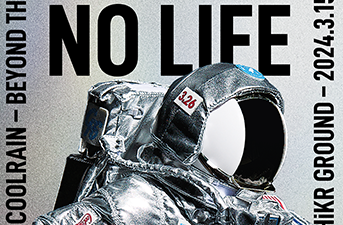
Welcome to the World of K-Art Toy
Korea Tourism Organization’s HiKR Ground is hosting a special exhibition for Korea’s representative art toy designer, Coolrain (Lee Chanwoo), titled “NO TOY, NO LIFE: Beyond the Limits.” The exhibit was designed in connection with the 2023-2024 VISIT KOREA YEAR, and is filled with art toys sure to catch the eye of young people visiting Korea, such as major hallyu stars like BTS, Dynamic Duo, and xikers, as well as collaborations with global brands like Nike. One special art toy sure to catch all visitors’ eyes is the HiKR Pot Ball, a unique character made exclusively for HiKR Ground. Meant to resemble a large ball capable of holding a range of objets d’art, visitors can see a 4-meter tall HiKR Pot Ball balloon on display outside HiKR Ground. During the exhibition period, visitors can also make their very own art toy through the experience program (two sessions; schedule TBD), filling their own HiKR Pot Ball with all the charms of Korea. NO TOY, NO LIFE: Beyond the Limits Period: March 15 – May 12, 2024 / 10:00-19:00 (Closed Mondays) Venue: HiKR Ground 1F & 3F, 40 Cheonggyecheon-ro, Jung-gu, Seoul (서울특별시 중구 청계천로 40) Admission fee: Free Exhibition text: Korean, English Exhibition details - 1F: Large-sized HiKR Pot Ball balloon, HiKR Wall, HiKR Tower - 3F: Art Toy exhibition
04/02/2024
-
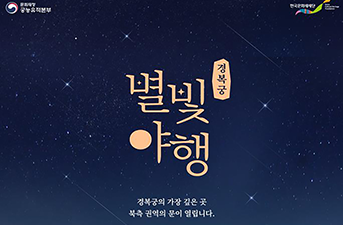
Royal Palaces More Beautiful by Night
Korea’s royal palaces, full of charm at any time of day, are even more beautiful when viewed at night. The official evening programs for spring are starting up soon, with special guided tours taking place at Gyeongbokgung Palace , Changdeokgung Palace , and Deoksugung Palace . The Gyeongbokgung Palace Special Evening Admission program is popular among Koreans and foreigners alike for offering a chance to taste a recreation of Doseuksurasang, a table set for the king with 12 different dishes. At the Deoksugung Palace program, Night at Seokjojeon Hall, taste coffee and desserts enjoyed by Emporer Gojong while watching an original musical. For visitors unable to snag tickets to these highly sought-after programs, you can still enjoy the palaces at night through regular evening hours, taking place at Gyeongbokgung Palace, Deoksugung Palace, Changgyeonggung Palace, and the Temporary Palace at Hwaseong Fortress. Tickets for these hours are available on-site. Gyeongbokgung Palace [ Gyeongbokgung Palace Special Evening Admission ] Period: April 3 – May 4, 2024 / Admission period for foreigners May 2-4, 2024 Ticket reservations: Open April 1, 2024 at 09:00 (Site will close when sold out) Admission times: Session 1 - 18:40 / Session 2 - 19:40 (each session lasts 110 minutes) Ticket price: 60,000 won (Limited to two tickets per person) Website: www.chf.or.kr Reservations (Creatrip): creatrip.com/en Inquiries (Creatrip): +82-70-4327-2310 [Evening Hours] Period: TBA (Closed Tuesdays) Operating hours: 19:00-21:00 (Last admission 20:30) Admission fee: 3,000 won (200 on-site tickets available for foreigners) Website: royal.cha.go.kr Changdeokgung Palace Complex [ Moonlight Tour at Changdeokgung Palace ] Period: April 11 – June 2, 2024 / Admission period for foreigners April 27-28 & May 2-3, 2024 Ticket reservations: Open April 1, 2024 at 09:00 (Site will close when sold out) Admission times: Session 1 - 19:20, 19:25, 19:30 / Session 2 - 20:00, 20:05, 20:10 (each session lasts 110 minutes) Ticket price: 30,000 won (Limited to two tickets per person) Website: www.chf.or.kr Reservations (Creatrip): creatrip.com/en Inquiries (Creatrip): +82-70-4327-2310 Deoksugung Palace [Seokjojeon at Night] Period: April 16 – May 25, 2024 / Admission period for foreigners May 1-3, 2024 Ticket reservations: Open April 1, 2024 at 09:00 (Site will close when sold out) Admission times: Session 1 - 18:20 / Session 2 - 18:50 / Session 3 – 19:25 (each session lasts 90 minutes) Ticket price: 26,000 won (Limited to two tickets per person) Website: www.chf.or.kr Reservations (Creatrip): creatrip.com/en Inquiries (Creatrip): +82-70-4327-2310 [Evening Hours] Period: All year round (Closed Mondays) Operating hours: 09:00-21:00 (Last admission 20:00) Admission fee: 1,000 won / Free for visitors ages 18 & under, 65 & older, and all visitors wearing hanbok Website: royal.cha.go.kr Changgyeonggung Palace [Night Hours] Period: All year round (Closed Mondays) Operating hours: 09:00-21:00 (Last admission 20:00) Admission fee: 1,000 won / Free for visitors ages 18 & under, 65 & older, and all visitors wearing hanbok Website: royal.cha.go.kr Temporary Palace at Hwaseong Fortress [Evening Program Moonlight Conversations] Period: May 3 – October 27, 2024 / Friday-Sunday Operating hours: 18:00-21:30 (Last admission 21:00) Admission fee: 1,500 won / Free for visitors ages 6 & under, 65 & older, and all visitors wearing hanbok Website: www.swcf.or.kr
03/29/2024
-

Ride the Korea Express Road to K-Culture!
In celebration of the second year of 2023-2024 VISIT KOREA YEAR, the Korea Tourism Organization will open a grand-scale pop-up exhibition, “Korea Express Road” at Seoul HiKR Ground. Korea Express Road, running April 2 – May 12, was created with the idea of boarding a special express train to explore the full range of Korean content along the road. The pop-up exhibition has different themes for each of HiKR Ground’s five floors: 2023-2024 VISIT KOREA YEAR, Fashion, Art, Travel & Lifestyle, and K-food & K-pop. K-pop fans will especially love the Hanbok Fitting Room (2F), where you can try on hanbok worn by K-pop idols and record your own music video. At the Music Station (5F), listen to the changes in K-pop from the top songs of every generation from the ‘60s to now. Other attractions along the Korea Express Road include an Art Toy Exhibition (3F) by artist Coolrain, popular Korean lifestyle goods at the Korea Ranking Editorial Shop (4F), an interactive media art display of landmarks in Korea at the Street Museum (4F), and trying Korean snacks and treats like yakgwa (honey cookie) or dalgona (sugar candy) at the Dessert Shop (5F). Check the detailed floor guide before visiting so you can enjoy it all! Participants in the on-site stamp tour will be given a special souvenir! Korea Express Road Period: April 2 – May 12, 2024 / 10:00-19:00 (Closed Mondays) Location: HiKR Ground, 40 Cheonggyecheon-ro, Jung-gu, Seoul (서울특별시 중구 청계천로 40) Admission: Free Connected events - April 12 – Hanbok fashion show (area of Cheonggyecheon Stream) - Fridays, April 19 – May 10: Flea Market (HiKR Ground) Exhibition details - 1F – 2023-2024 VISIT KOREA YEAR character display, HiKR Wall - 2F – Modern hanbok exhibition & experience space, self-photo booth DON’T LXXK UP - 3F – Hallyu art toy exhibition - 4F – Pop-up exhibition space (Korean Art Station, Korea Ranking Editorial Shop, Coloring Experience, 2023-2024 VISIT KOREA YEAR billboard) - 5F – Pop-up experience space (Dessert Shop, Music Station, 2023-2024 VISIT KOREA YEAR Gift Shop)
03/27/2024
-

Visit Korea Year 2023-2024 x Starbucks Korea Eco-friendly Campaign
Free Eco-friendly Strbucks Tumbler Korea Tourism Organization (KTO) and Starbucks Korea (hereafter Starbucks) joined hands last November to promote the VISIT KOREA YEAR 2023-2024 through an on-going eco-friendly campaign. The main event of the campaign is being held at 10 unique Starbucks locations throughout Korea. Visitors to these select branches can participate in the event by uploading a photo of their Starbucks drink in their personal tumbler or an in-store Starbucks cup to their personal social media. Participants receive a specially made Starbucks tumbler with a design of the VISIT KOREA YEAR 2023-2024 logo and characters. In addition to the main event, over 1,800 Starbucks locations nationwide have VISIT KOREA YEAR 2023-2024 promotional materials for visitors to fall more in love with Korea’s charms. For more information and details regarding participating locations, refer to the official Starbucks website . Campaign video KTO x Starbucks Eco-friendly Travel Campaign * How to participate Step 1. Buy a drink at Starbucks using your personal tumbler or in-store cup (including reusable cups at eco branches) Step 2. Upload a photo of your drink to your personal social media using the event hashtags Required hashtags: #TOP10STARBUCKSSTORES #KGREENFOUNDATION #20232024VISITKOREAYEAR * Participation gift: Limited-edition event Starbucks tumbler (200 per branch, first-come first-serve) • Participating branches Start date Region Branch Introduction March 19 Seoull The Bukhansan Space with a panoramic view of Bukhansan Mountain March 26 Seoul Gyeonggi Gangwon Gyeongdong Market Unique retro trip to a theater closed over 60 years ago Byuldabang Urban oasis featuring a grand digital art wall Chuncheon Gubongsan R Reserve store overlooking the outstanding cityscape of Chuncheon April 2 Jeonnam Gyeongbuk Jeju The Yeosu Dolsan DT Experience Yeosu’s sea and night in a unique way Daegu Jongro Old House Enjoy music and coffee in a traditional hanok building Jeju Songdang R Enjoy Jeju’s nature and stones with Starbucks coffee at this reserve store * Event completed: Starbucks Edae R, Starbucks Gyeonggi Yangpyeong DT, Starbucks The Bukhan River R
03/18/2024

Travel Highlights
-

South Korea Workation Guide: 8 Places to Live and Work for Digital Nomads
South Korea’s unique mix of fast-speed internet, great cafe culture, and all-around convenience make it an ideal workation destination for digital nomads. In trendy cities like Seoul and Busan, or by
03/21/2024
-
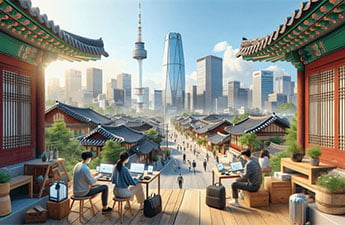
South Korea Workation Guide: Embrace the Digital Nomad Lifestyle
Photo: Digital Nomads working at a cafe in Seoul (Credit: Digital Nomads Korea) " class="picla mT4" data-label-class="caption"/> You dream of traveling, but still need to continue working? You’re no
02/28/2024
-
![[2023 VISITKOREA AWARDS] Travel Trends and Best Content](/public/images/2024/01/30/5c623029e00c44908ac38d5ac5783572.jpg)
[2023 VISITKOREA AWARDS] Travel Trends and Best Content
2023 for VISITKOREA was a year filled with introducing Korea’s beauty and the latest news to you, our beloved users. We can now share the results of what you all enjoyed best, as well as expected upc
01/30/2024
-

Korea Travel Cheat Sheet: 3 New Transportation Services
The language barrier at subway stations in Seoul has been knocked down! Hailing a taxi in Seoul is as easy as in your home country! All your questions about using a public bicycle are easily answered
01/09/2024


